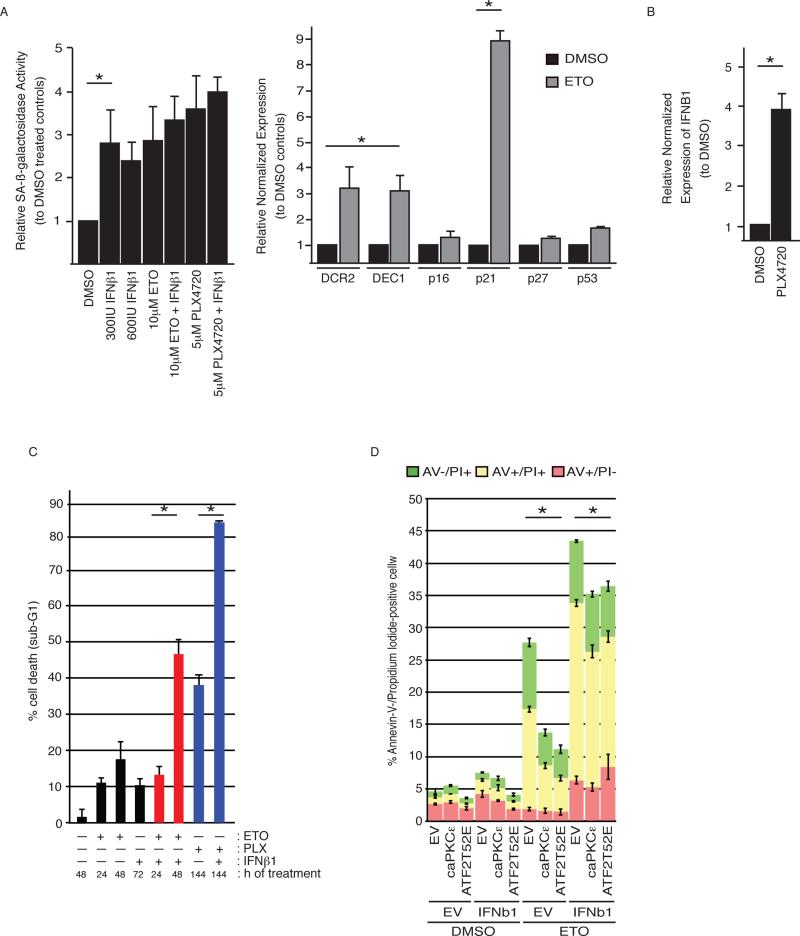Figure 4. IFNβ1 induces a senescence-like phenotype and enhances the toxicity of etoposide and PLX4720.
(a) Left panel: SA-ß-galactosidase activity in WM793 cells treated as indicated overnight. Right panel: qRT-PCR analysis of DCR2, DEC1, and p16 transcripts in WM793 cells treated with DMSO or 10 μM etoposide (ETO) overnight. *P < 0.05. (b) qRT-PCR analysis of IFNB1 transcripts in WM793 cells treated with DMSO or 5 μM PLX4720 overnight. For (a,b), results represent the mean values ± SD of triplicates and are expressed relative to cells treated with DMSO. (c) Quantification of dead cell (sub-G1) population of WM793 cells treated with 600 IU/ml human IFNβ1 (6 h pretreatment) ± 10 μM ETO or 5 μM PLX4720 (PLX) and analyzed by flow cytometry at the indicated times. #P < 0.005. (d) Quantitation of Annexin-V and propidium iodide staining of empty vector (EV), caPKCε, WM793 cells co-overexpressing EV or IFNB1 that were incubated in the presence of DMSO or ETO for 32 h.

